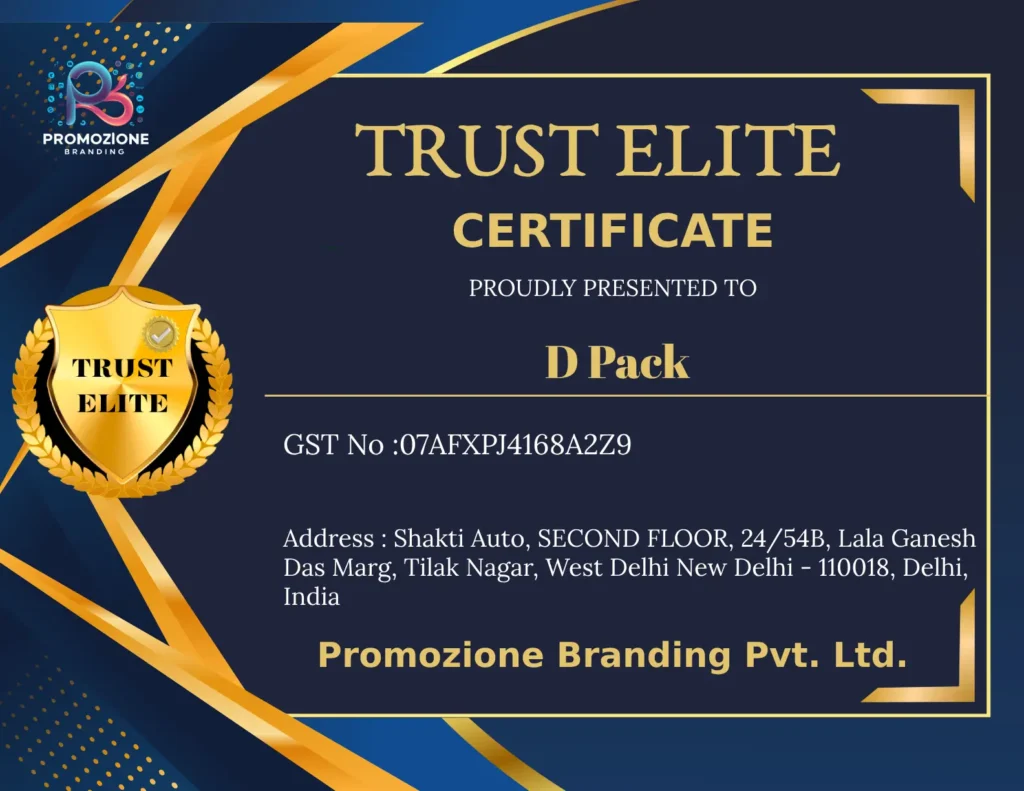
Why Velcro Belts Are the Future of Pallet Packaging: A Comprehensive Guide
Discovering new and effective solutions to meet the needs of industries in terms of packaging and logistics continues to be a challenge. Velcro straps have come up as a great innovation in pallet packaging effective and reusable replacement for strapping methods such as stretch wraps, plastic straps, or steel bands.
This complete treatise considers why Velcro belts are gaining ascendancy in pallet packing, their benefits and uses, and what lies ahead for them in the industrial and logistics operations.
The Shift to Velcro Belts in Pallet Packaging
Decades have passed during which traditional pallet packaging techniques have been serving industries; however, these have always involved considerable waste of materials, repetitive costs, and inefficiencies. Modern-day requirements in logistics now demand Velcro belts that promise, with their reuse, adjustability, and friendliness to nature, to be the answer.
Soon, belts are systematized in different industries for securing goods during transport and storage by ensuring safety while reducing environmental impacts.
Key Advantages of Velcro Belts in Pallet Packaging
- Reusability Saves Costs
Velcro straps or belts are reusable many times as compared to one-time-use plastic straps or wraps. This in itself reduces material costs for companies, especially for those that do bulk packing.
- Eco-Friendly and Sustainable
When you are harping for someone’s change, Velcro belts are a boon. These reusable items help to significantly drive down the non-contributing shell of disposable materials, thus helping an organization achieve its sustainability goals while at the same time reducing its carbon footprint.
- Customizable and Adjustable
Varied Pallet Sizes and Load Types can be accommodated by Velcro belts. While movement occurs with transportation, these goods remain free of damage through management mechanisms, such as tighter-fitting adjustment mechanisms.
- Enhanced Safety
They might be injured using or taking out the metal straps, and the plastic straps break while under tension. Well, the worries fade away with Velcro belts. They are smooth, strong, and safe.
- Time-Efficient
Velcroized belts can be easily fitted or removed; they speed up and reduce labor time in the process of packing. Adjustments to any size can be done quickly without the use of any kind of specialized tools.
Applications of Velcro Belts in Pallet Packaging
- Securing Goods for Transportation
Loosely Velcro belts have a great grip and keep the pallets secured for transport. It is particularly beneficial for industries that deal more with fragile or oddly shaped items.
- Warehouse Storage
Velcro belts are a perfect solution for securely bundling merchandise on pallets inside stores, avoiding toppling or sliding during the period of storage.
- E-commerce Fulfillment
The rise of e-commerce demands efficient packaging solutions. Velcro belts help secure large shipments for last-mile delivery, ensuring goods reach customers in perfect condition.
- Reusable Export Packaging
Velcro belts prove to be a reliable option in export packing for international trading companies because they can be reused when goods are returned, thus greatly reducing costs as well as waste.
- Customized Applications
The type of industry dealing with unique or high-value goods such as electronics or priceless luxury items would benefit from the gentle-grip secure hold provided by Velcro belts. It minimizes surface damage while making sure stability is constant.
How Velcro Belts Are Driving the Future of Packaging
Pallet packaging features in terms of possible sustainable, cheap, and innovative future solutions. Velcro belts match the requirements and much more to have made them a part of contemporary logistics strategies as they often appear to be critical.
- Automation Integration: As packaging processes become increasingly automated, Velcro belts are compatible with robotic and automated systems for faster application.
- Circular Economy: By promoting reuse, Velcro belts align with the principles of a circular economy, reducing waste and extending product lifecycles.
- Versatility: Their ability to adapt to diverse industries and applications ensures their widespread adoption in the coming years.
Real-World Example: Velcro Belts in Action
A global electronics company faced challenges with traditional plastic straps damaging their high-value goods during transit. By switching to Velcro belts, they achieved:
- A 30% reduction in packaging costs.
- 100% elimination of transit-related product damage.
- A 20% improvement in packaging efficiency.
Conclusion
Velcro belts are making a difference with pallet packaging because this method offers a cost-saving, completely sustainable, and efficient alternative to any traditional method. They can be reused, made to order, and provide a safety benefit; thus making them one of the best types that any industry would adopt to make operations more efficient and in turn, reduce the carbon footprint.
Smart packaging might reign supreme at this time in history, but Velcro belts seem to be a future-proof new product proposition fit for the current and future needs of the industry.
FAQs
Q1: What makes Velcro belts better than traditional packaging methods?
Velcro belts are reusable, eco-friendly, and provide a secure grip without damaging goods, making them superior to disposable straps or wraps.
Q2: Are Velcro belts suitable for heavy-duty industrial applications?
Yes, Velcro belts come in various strengths to accommodate lightweight to heavy-duty industrial goods.
Q3: How do Velcro belts support sustainability goals?
Their reusability reduces reliance on single-use materials, contributing to lower waste and a smaller carbon footprint.
Q4: Can Velcro belts be customized for specific packaging needs?
Absolutely. Velcro belts can be tailored in length, width, and strength to suit various pallet sizes and load types.
Q5: Where can Velcro belts be used in industrial packaging?
They are versatile and can be used for securing goods during transit, warehouse storage, e-commerce shipments, and export packaging.


